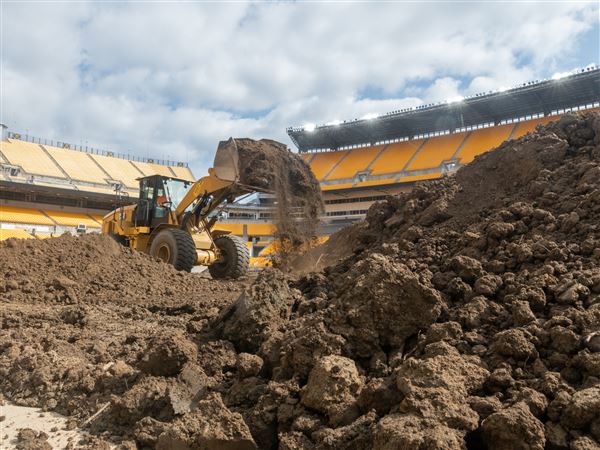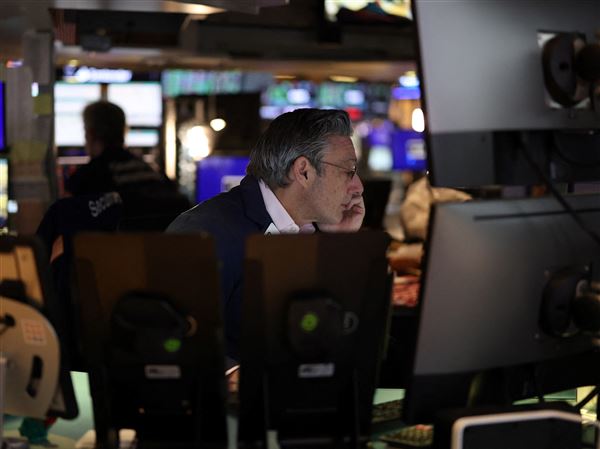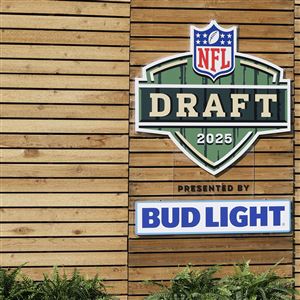Toasted sandwiches are hot.
In January, the Subway sandwich chain armed itself with new high-tech ovens and began offering customers nationwide the option of toasting their sandwiches. McDonald's Corp., the world's largest restaurant chain, is testing deli-style sandwiches, some toasted, at about 400 of its 13,600-plus U.S. restaurants.
Even convenience stores like White Hen Pantry Inc. have started selling toasted sandwiches like the Country Club -- smoked turkey breast, ham, bacon and Swiss cheese.
Helped along by toasty offerings, sandwich-shop sales grew by about 9.5 percent last year, to $16.8 billion, according to market research firm Technomic Inc. Potbelly Sandwich Works, a Chicago-based sandwich chain, says orders for its toasted sandwiches are growing steadily, thanks to heavy television promotion of Subway's toasted option. "Their advertising is helping spread the word," says Bryant Keil, chief executive of Potbelly's, which has about 85 restaurants, most in Midwest and Mid-Atlantic states.
"We've been eating burgers and fries for 50 years, so you look for alternatives," says Bob Goldin, executive vice president of Technomic. Aside from the novelty of toasted subs, he says, "made-to-order, customized foods are perceived as healthier."
The new toasted-sandwich option is catching on with customers like Tara Craigmiles, 34, of Chicago. Though she's a Subway regular, she'd only recently tried a toasted sandwich there. "It's more like a meal," she says, because it's "hot, moist and hot."
"To me," Ms. Craigmiles added, finishing her six-inch steak-and-cheese sandwich on an Italian roll, "it just tastes better."
But turning out lots of toasted sandwiches fast is much trickier than it might seem. The process often adds about 20 seconds to overall preparation time, which is a considerable delay in the fast-food industry. Slowing down operations can be disastrous, since many fast-food restaurants generate about 75 percent of sales at the time-sensitive drive-through. Restaurants also fret about the impact of heat on the texture, taste and the smell of the food. Even slightly mistimed cooking can mean a burned sandwich.
Those were among the many issues that Subway, the world's largest chain of deli-style sandwich shops, faced in the summer of 2002, when it seriously began its march toward the toaster. The closely held Milford, Conn., chain was looking to move its menu beyond lunch to dinner and breakfast, using hot foods. Early on, executives ruled out conventional microwave ovens for toasting sandwiches because they can turn bread hard as a rock. Subway also needed durable ovens whose doors wouldn't break after heavy use.
Subway decided to try the Tornado oven, made by TurboChef Technologies Inc., a small Atlanta company whose claim to fame was creating an oven that could cook a pizza in one minute flat. The company was the brainchild of a mathematician and an engineer who in the early 1990s used a hairdryer and microwave to create an oven that could quickly zap pizza pies. Using "jet impingement" technology, heat is circulated within the Tornado oven at speeds of up to 60 miles per hour, while a vacuum at the oven's bottom pulls the heat down to wrap the food in a shroud of air. Bursts of microwave energy, meantime, cook the food from the inside out.
After one Subway franchisee put the Tornado through its paces, the chain soon began testing it at 400 U.S. outlets. Particularly impressive was the oven's ability to heat a typical sub sandwich through in 17 to 20 seconds. That's up to 12 times as fast as a conventional oven.
Subway franchisees pay about $5,000 for each Tornado oven. TurboChef, meanwhile, is competing with a handful of firms, including Enodis, with brand names like the Lincoln DTF and the Merrychef Mealstream 500 Series, to supply other restaurants. Gaining the Subway contract, however, was a coup.
"For a fledgling company like TurboChef to win that project was a very significant milestone," says Steve Beshara, TurboChef's chief branding officer. The company had to deliver nearly 20,000 Tornado ovens to Subway's 19,000 U.S. outlets in less than 200 days, Mr. Beshara says.
Initially, franchisees like Feroz Fazal, co-owner of 22 Subways in metropolitan Chicago, doubted that time-pressed customers would wait 20 extra seconds or so for a toasted sandwich. In particular, he was concerned about whether the new oven would muck up his speedy assembly process. His downtown Chicago restaurant near the city's new Millennium Park has two ordering lines, in fact, to channel customers through quickly. "My goal was, customers never see a line when they walk by," he says.
At the same time, Mr. Fazal was watching in frustration as toasted-sandwich competitors like Quizno's Master LLC and Potbelly popped up on corner after corner. Now, half of Mr. Fazal's customers are ordering toasted sandwiches, with sales even higher during winter months. Sales at many Subway restaurants are up 10 percent, partly attributable to the toasted option.
Many Subway franchisees are ordering additional ovens to meet demand. The chain is introducing the ovens in some overseas units, too. And the ovens have allowed Subway to begin testing pizzas to expand its dinner business and, for breakfast, various sandwiches, like Chipotle steak, cheese and egg.
Other chains are toying with a variety of ovens. McDonald's, for instance, is using a model in which a mechanism heats the bread before it's been loaded with meat, vegetables and other ingredients. Quiznos prefers a similarly "linear approach" because "the products go from a straight line from the time it's ordered until the time you cash out," says Tom Ryan, the chain's executive vice president for brand development.
"The product follows your customer flow," he says, and with Quiznos' approach, "you can put one or two sandwiches in (an oven) at a time."
Meanwhile, Starbucks Corp., the world's largest chain of coffee shops, is using various ovens, including some from TurboChef, in its early rollout of hot breakfast sandwiches. TurboChef's Tornado has proven particularly appealing to Starbucks because its design keeps the aroma of cooked food from seeping into the store. (Catalytic converters inside the oven cleanse the air.) Restaurants say this feature is appealing because it doesn't require a restaurant to invest in expensive ventilation systems, and the oven can be placed just about anywhere in the store.
First Published: August 26, 2005, 4:00 a.m.














